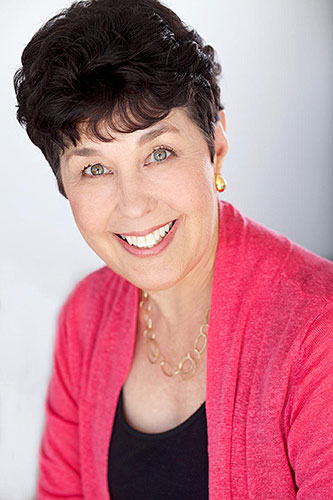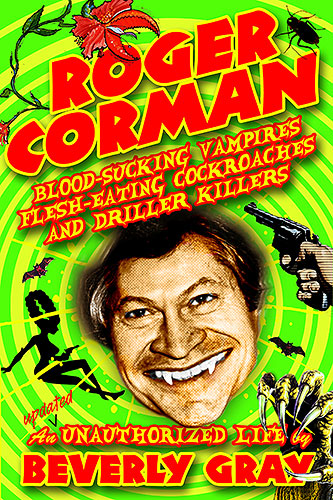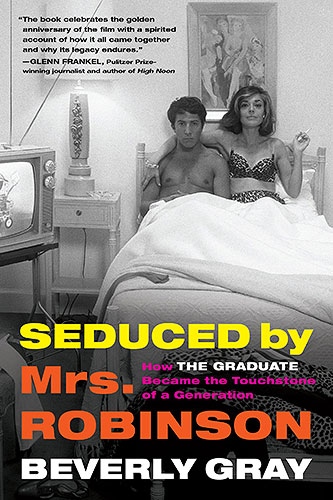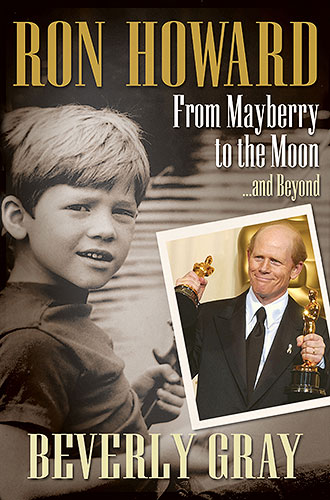
Please introduce yourself and your books!
I’ve always loved writing, but my current career is hardly the one I had planned on. In college I fell in love with serious literature, and hoped to make my way into the academic world. That’s why I was completing a PhD program when B-movie maven Roger Corman called a faculty friend of mine, looking for a young assistant. Next thing I knew, I was making genre films like Candy Stripe Nurses and Death Race 2000, for which I’m proud to say I dreamed up the twist ending.. Much later, when my Corman years came to an end, I regrouped by writing an independent Corman biography (first published in 2000) that won me a lot of fans. That book was originally called Roger Corman: An Unauthorized Biography of the Godfather of Indie Filmmaking, but later editions used the more tasteful title Roger Corman: Blood-Sucking Vampires, Flesh-Eating Cockroaches, and Driller Killers. Among the many Corman alumni I interviewed for that book was Ron Howard. Because I’d always been interested in the afterlife of child actors, I next chose to write a biography I called Ron Howard: From Mayberry to the Moon . . . And Beyond. That book was published in 2003. There followed a long period in which I struggled to find a new project. I was hit by several strokes of bad luck, but in late 2017, in time for the film’s 50th anniversary, Algonquin Books published my Seduced by Mrs. Robinson: How The Graduate Became the Touchstone of a Generation. Seduced by Mrs. Robinson explores how the hit Mike Nichols film came to be, closely analyzes its not-so-obvious implications, and suggests the ways it has helped change Hollywood, while also having a far-reaching impact on American pop culture. I’m happy to say that Seduced by Mrs. Robinson attracted media attention from coast to coast, and gained me an appearance on NPR’s All Things Considered.
In the course of writing and publishing three books, what discoveries have you made about yourself as a writer?
I am very much aware of my potential readers, including the fact that a rather different audience will be attracted to each of my books. It took me a while to realize that I have a slightly different personality in each book I’ve written: the reader gets a glimpse of me—but it’s a different me each time. I chose to write the Corman biography in the first person because I wanted to be completely honest about my own relationship to a man who was both a warm father-figure and a cold autocrat. So the book begins with the words “The first time I saw Roger Corman.” Then, following a lively personal story, it moves on to “the last time I saw Roger Corman,” introducing the tale of what happened to my job after nearly a decade of loyal service. The “me” in the Corman book is amused and a bit sardonic (but not, I hope, bitter) about Roger’s outrageous machinations within the B-movie world. The Ron Howard bio is more traditionally written in the third-person. I do not intrude, because Howard’s world has had very little overlap with mine. But the “me” writing about Ron is optimistic, respectful, and quite willing to view his behavior in the best possible light. My conviction, stemming from my deep research, is that Ron Howard is someone who has earned that approach. In Seduced by Mrs. Robinson, I return to first-person narrative. I’m using myself in this book as a representative of the Baby Boom generation, which was hugely affected by The Graduate at a time of major social upheavals. So the introduction to the book sketches out exactly who I was in 1967, and why I felt such a strong personal connection to Benjamin Braddock, ending with the phrase, “Hey, wasn’t that me up there on the screen?”
Do you have any creativity tricks?
Ten years ago, I faced a major career crisis when a book project into which I’d put a great deal of faith (not to mention hard work) was abruptly cancelled. At that point I couldn’t help feeling hopeless about my future. It took a while to regain my self-esteem, but that was when I started my twice-weekly blog, Beverly in Movieland (www.beverlyinmovieland.com) , which covers movies, moviemaking, and growing up Hollywood-adjacent. Now, nearly a decade later, the blog still going strong, and is read by thousands all over the world. Frankly, it can be challenging to come up every week with movie-related topics on which to ruminate, but I’m convinced the effort I pour into this challenge has made me a better writer, and perhaps a more creative person.
What are your plans for future books?
I am currently working on a serious biography of a fascinating individual who was a major creative force in the late 20th century. I’ve already done a good deal of archival research, and I’ve interviewed several people who played key roles in my subject’s life. I’m not yet ready to spill the beans, however. Wish me luck!
Tell us some quirky facts about yourself
In 1970 I was chosen as one of the 56 young Japanese-speaking American guides who staffed the U.S. Pavilion at Expo ’70 in Osaka. My article, which details what it was like to explain the Apollo moon missions to space-crazy Japanese visitors one year after Neil Armstrong took a giant leap for mankind , should be published in Air & Space/ Smithsonian magazine in the not-too-distant future.
To find out more about me, my books, and my Beverly in Movieland blog, please see my website: www.beverlygray.com The site contains a number of links to reviews and interviews.


